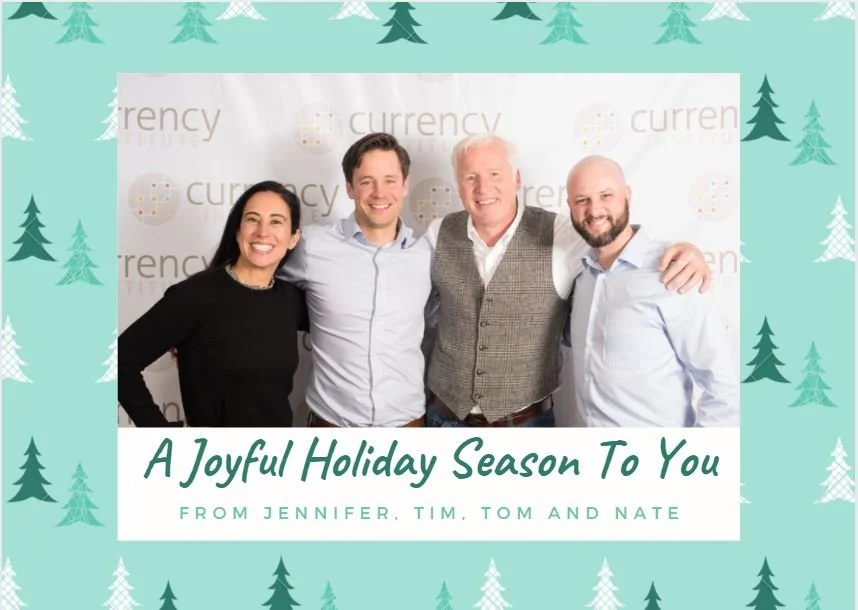February 2022
Open Office Hour Summary
Last month we were talking about Omicron spiking, the Feds raising interest rates, inflation higher than recent standards. Omicron/Pandemic starting to wane, people will start to travel and spend more. When you buy a house, or car, you put on a loan. Other large purchases would go on credit cards. Few weeks ago, American Express, Visa, MC announced earnings that exceeded expectations. As COVID recedes, a big part of our economy gets run through payment processors. So we are allocated to a couple of funds that should do well under this scenario.
As of today’s close (2/9/22) the NASDAQ clawed back about 10% of 17% decline YTD. S&P earning reports have been routinely exceeding expectations by 8.6%. Stocks can still rise despite the fact that Feds are raising interest rates.
We are now moving from Pandemic recovery to Economic expansion, which will take place when everyone goes back to more ‘normal’ life. We didn’t expect NASDAQ to drop 17%. Alternative Energy down last year and this year. Traditional energy up 24% this year. Diversify your investment so you have something earning you money, no matter what kind of environment. Our goal is to generate value, even when fluctuating via rent, cash, dividends, and interest. We have it go to cash so that during times like these there might be things we can buy low.
In the news this past week was a lot of noise about states and municipalities starting to lift restrictions, mask mandates and move towards more normal life. This part of the business cycle is known for more volatile trading, all part of the process and we suggest that you stay Invested.
Stocks pricing models are somewhat built on the idea of the risk-free rate of return that is government bonds. After stocks adjust to the expectation around where the Fed might end up its earnings and growth that allow stocks to outpace inflation and the Feds raising interest rates.
Did you know:
· Real Estate is the worst performing sector in 2022. Profit taking may be the reason after very healthy returns in 2021
· Alternative Energy was best performing market in 2020. Gave some back in 2021 and is down along with the NASDAQ quite a bit to start off 2022.
· Technology sector has historically been a solid place to invest during this part of the market cycle, even though this area has been the worst place to invest the past 3-4 weeks.
Russia/Ukraine:
Economic security is a basic human desire. We can do a better job being more diplomatic and try to be more collaborative. China and Russia are threatened by US policy. Especially as it regards economic sanctions. We flex our economic muscles and we get a lot of military posturing in return. Putin is a strong man that likes to take of his shirt off and show you his guns. While a push into Ukraine may take place it is important to keep in mind that this is likely to remain a Cold war not a hot war.
What was the best performance asset class last week?
Emerging Markets – up 2.53% - maybe due to Olympics.
When are my tax documents going to arrive?
Final docs by middle of March. In April or May if you get an amended statement. If the changes are small and not in your favor you can wait for the IRS to send you a new invoice. If you are wondering about your 1099 for IRAs you probably have the document you need. If you want us to take a look at your tax docs, please reach out.
Fed/Inflation/Interest Rates
How many times will the Fed raise interest rates? When the Fed is raising interest rates, they are just trying to slow down the economy. A growing economy is good for stocks. The worry is that the Fed will go to far or too fast and derail the economy. With COVID receding the Fed will likely need to move a bit faster to keep the economy from overheating.
Low inflation is our friend. Historically inflation is low. Currently its running hotter than normal because of supply and demand imbalances due to COVID. That will eventually work itself out.
Remember 2020-21 Stock Phenomenon – In the early days of the pandemic gamblers lost their favorite sports for placing bets. Many high-profile gamblers turned to betting on the stock market and fans followed suit. Many were quoted as saying investing is easy. Remember there is a difference between investing and trading or speculating. Once games came back and the market lost some of its momentum gamblers started leaving the market and went back to betting on sports. This has likely impacted stocks.
Enjoy your winter!
Please join us on March 9th at 4:30 PM for our March Open Office Hours meeting. Contact us for meeting details.
The opinions voiced in this material are for general information only and are not intended to provide specific advice or recommendations for any individual. All performance referenced is historical and is no guarantee of future results.
Economic forecasts set forth may not develop as predicted and there can be no guarantee that strategies promoted will be successful.
All investing includes risks, including fluctuating prices and loss of principal.
